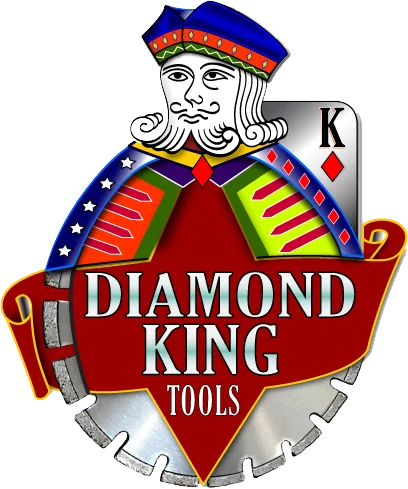Checkout using your account
This form is protected by reCAPTCHA - the Google Privacy Policy and Terms of Service apply.
Checkout as a new customer
Creating an account has many benefits:
- See order and shipping status
- Track order history
- Check out faster
FAQs
Snow Stakes
Q:What is the diameter of the fiberglass snow stakes?
A.The stakes are 5/16" of an inch thick, which are much stronger and more durable than 1/4" thick competitors.
Q.How do you install the snow markers?
A. The snow stakes are steel capped and are easily installed by striking with a hammer until they are secure in the ground.
Q.Are the snow stakes breakable?
A.Our snow stakes are engineered with the highest quality of fiberglass and can bend in completely in half. However it is physically possible for the fiberglass to split if it is crushed at a certain point or with an extreme amount of pressure. But basically, it is very uncommon for our stakes to break.
Snow / Salt Spreaders
Q:Will the spreader come assembled?
A.For our customers convenience, all spreaders come partially assembled, they simply need the handle bars attached and they are ready to go.
Q.What is the best type of salt to use?
A.Any pelletized granules are the best. The spreaders are much more effective and will distribute this kind of salt better.
Diamond Blades
Q. How do I know if the diamond blade should be used wet or dry?
A. Different diamond blades have different purposes for optimal cutting and blade life. Some blades allow for dry cutting. A dry rated blade may be used without water but the blade cooling should be considered during use. The depth of cutting and cutting time should be reduced. Water may be used to help keep down dust and provide better cooling and lubrication and improve life. A wet rated blade must be used with adequate water to prevent damage. It is recommended that General Purpose blades typically use water.
Q. What is the correlation between the material being cut and the bond hardness of the diamond blade?
A.The correct blade type is largely determined by the primary material that will be cut. When cutting harder materials it is recommended to use a diamond blade with a softer bond for efficient cutting. The bond material in the segment must wear at a sufficient rate to expose new diamond particles as they are lost. When cutting softer materials it is recommended to use a blade with a harder bond for maximum blade life. Using a general purpose blade may be the best option when cutting a variety of different materials. Each blade on our site matches you with the recommended usage.
Q. What is the difference in Diamond Blade Quality?
Diamond Blades may come in different quality grades which will be determined by the diamond type and quantity, steel quality, and the manufacturing process used when making the blade. General purpose blades are typically hot or cold pressed while top quality blades are typically Laser Welded. The higher quality blades will usually cut at faster speeds with a longer blade life but at a higher cost.
Q. Why shouldn't I use an asphalt or block blade to cut brick or concrete or the opposite?
A. Asphalt and block are very abrasive materials and must be cut with a blade with a very hard bond. In order to maximize speed and blade length the blade needs to have a hard bond in order to wear properly. If a blade with a soft bond is used for these materials it will cause the blade to stop cutting because it will not expose new diamonds necessary for cutting the material. When cutting hard concrete and brick the blade used must have a softer bond because the material is low in abrasiveness. When highly abrasive materials are cut with a blade with a soft bond the blades metals and diamonds can be worn too quickly and destroyed.
Each diamond blade description should show the recommended cutting surface.
Shipping
Q.How do I receive the products and when after ordering?
A. All products ship UPS with options of ground or overnight. Everything is shipped between 2-3 business days.
